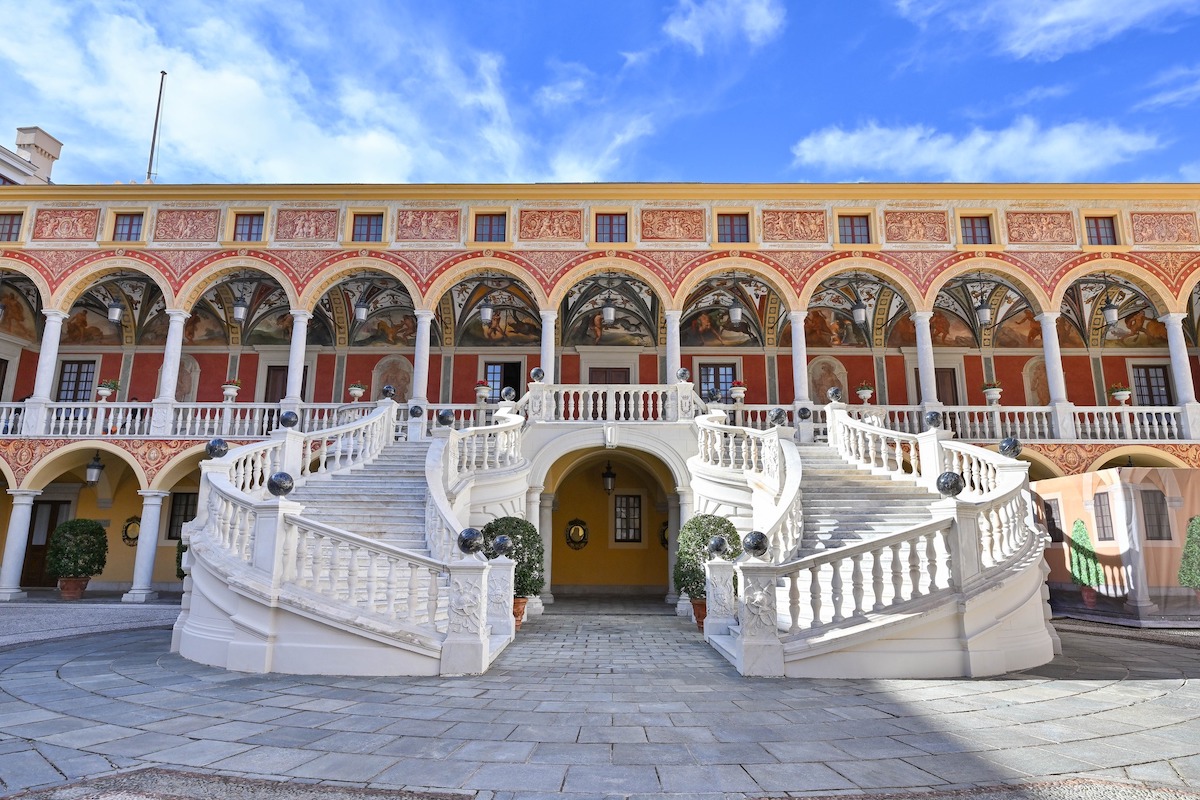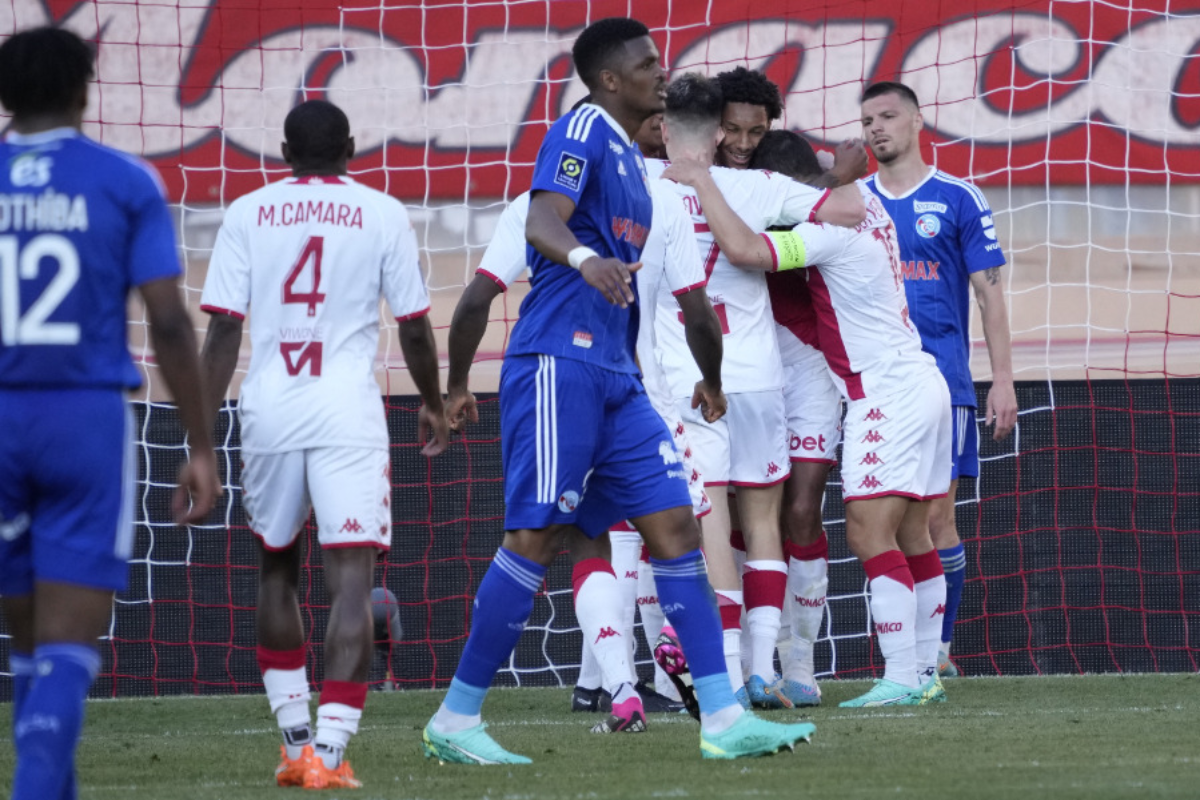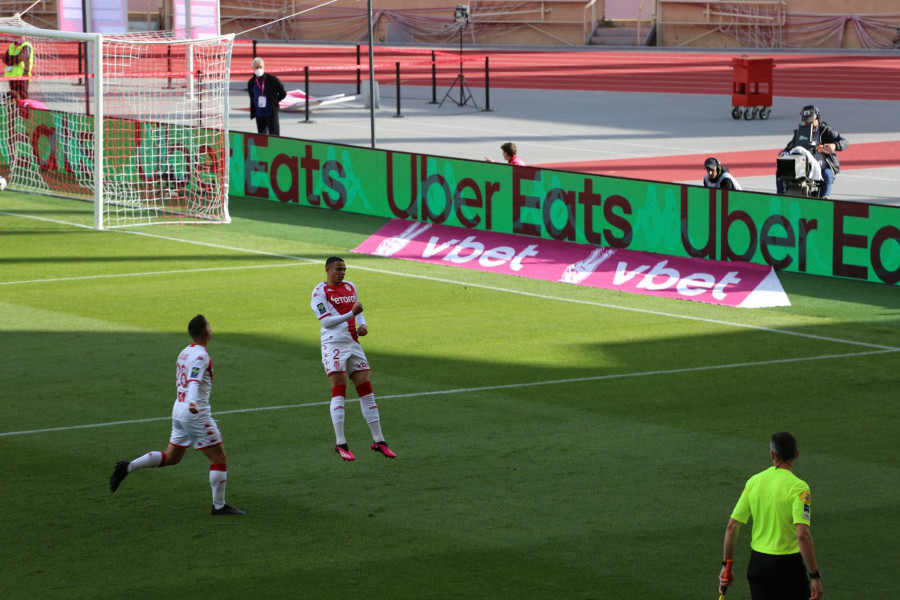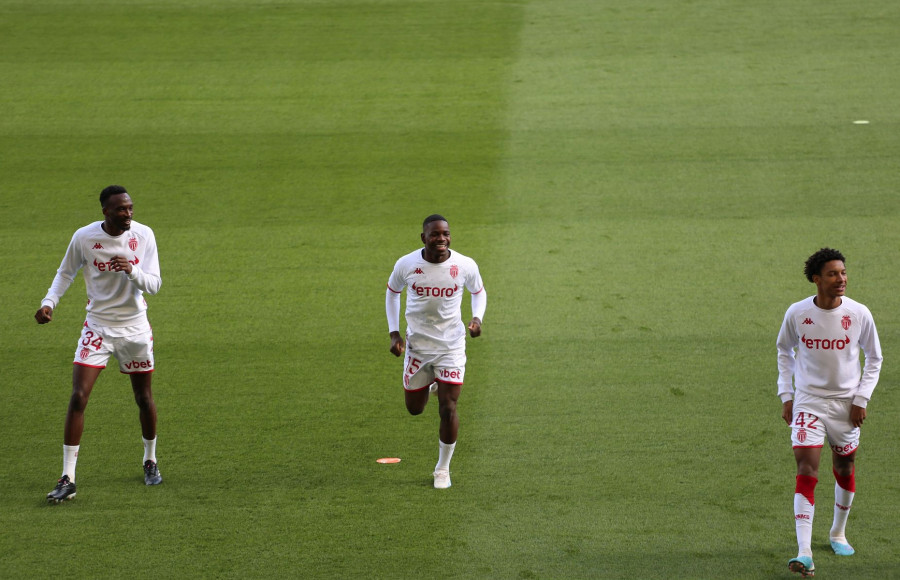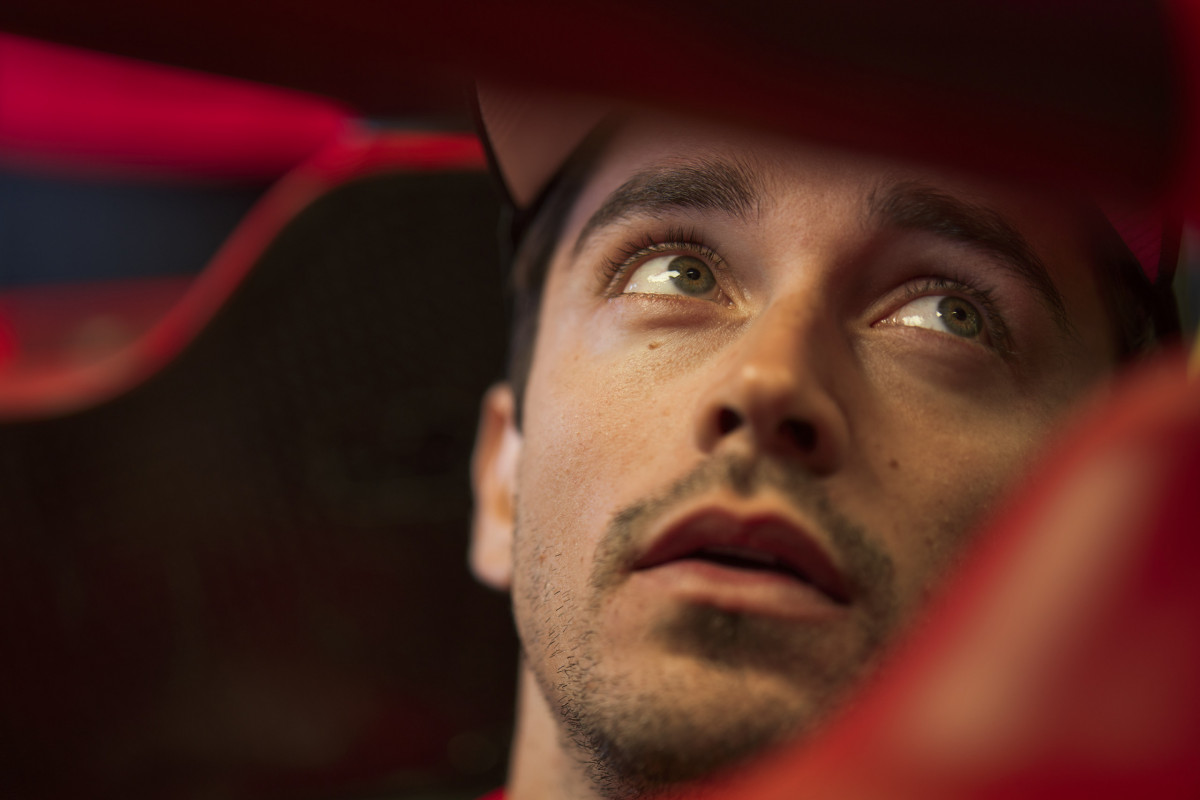It is the latest stride in a decade-long marathon to restore the Prince’s Palace of Monaco to its former Renaissance glory.
Frescoes that were discovered hidden behind layers of paint in 2015 are almost all renewed.
A team of 40 restorers has been whittled down to 20, and they work meticulously now in the Throne Room, recreating frescos for generations to come.
Most of the restored Renaissance-era paintings were unveiled to the public in July 2022 before the Palace was closed again in September.
Now, from Sunday 2nd April, the public will once again be invited into the ‘Grand Apartments’ of the Grimaldi Palace for a tour that begins in the ‘Hercules Gallery’ overlooking the Palace Courtyard.
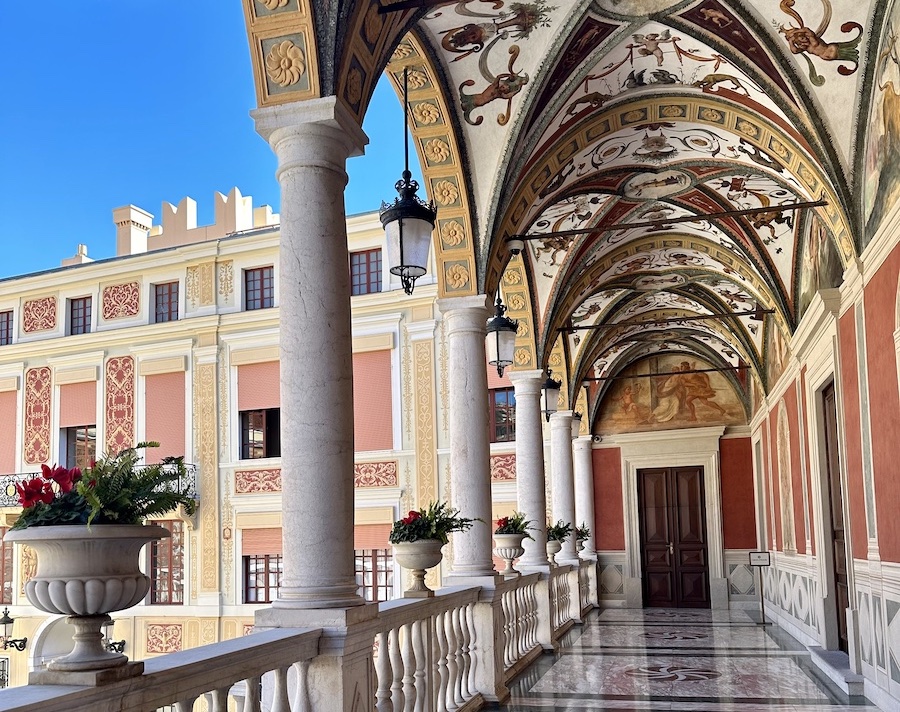
Hidden frescoes were uncovered in this 50-metre-long gallery two years after restoration works began in 2013. Experts believe they date back to the 16th century, during the Italian Renaissance. They suspect Genoese artists created the frescoes, which span around 600 square metres throughout the palace, based on the style of art and the type of lime-based plaster used.
The discovery places the Grimaldi family and the Palace of Monaco within a new historical context as a Renaissance palace.
A tour of the Grimaldi Palace
Built in 1197, the Palace of Monaco has been inhabited by the Grimaldi family ever since they overtook the fortress in 1297. Throughout the centuries, the Grimaldis expanded and updated the palace to keep up with the fashions of the time, a clue as to perhaps why these original frescoes were painted over.
On a press tour just days before the official opening, our guide explains how the original designs had been completely covered in the 19th century by Monegasque artist Philibert Florence and his team. Philibert was born into a family of Monegasque artists, and left for Rome in 1859 at age 20 to study drawing and painting with a grant provided by Prince Charles III. Upon his return to Monaco, he was commissioned to redo the frescoes at the palace.
Thankfully, many of these were painted on “plates” and positioned over the top of the original designs. Restorers have maintained the contrast in one of the scenes in the gallery: on the left, we see the less remarkable work of Philibert Florence which has been retouched many times over the years; on the right, the restored 16th century fresco which was originally created using watercolour on wet plaster to draw the pigments into the material and maintain its longevity.

“Here, you have a very clear indication of what is and what is not fresco,” explains our guide. “When you see fresco, you feel like light is streaming from the wall, you see a particular luminosity.”
In another fresco, our guide explains how they recreated a scene in which Hercules is holding Diomedes and feeding him to a mare. In order to paint Hercules as anatomically correct as possible, they used a live model – a man who works in the palace archives and who also happens to be an MMA fighter.
“He has the stature of Hercules, he is strong, but after an hour of holding one of the restorers in his arms, he begged us to stop,” laughs the guide. “However, if we didn’t position him like that, holding another man, we wouldn’t know how his legs would look in this scene. And that’s how we reproduced the human anatomy on plates like this.”
Like the Monegasque painters who came centuries before them, the restorers have positioned the plates on top of the original frescoes. Only this time, they are aeronautic plates: very thin and very resistant to the elements, with a thin gap to allow airflow.

Frescoes in the Throne Room of the Prince’s Palace
The striking red Throne Room is where the final restoration works are being carried out amid official ceremonies that continue to take place here.
Perched on scaffolding high above the throne, a team of experts are scraping away the final elements of 19th century paintings that had been covering the 500-year-old frescoes that lie beneath. Most are a stark contrast to the original (see picture above).
In one corner, a laser is being used because solvents are just too harsh for many aspects of this work. In another corner, painters are using water colours based on pigments used in the 16th century, with a technique known as trattegio – painting in tiny parallel lines – so that they can be distinguished from the original works.
“The fundamental thing is to ensure that the restored works hold up over time and do not degrade prematurely,” reveals restorer Sophie Prévost.
The frescoes on the south-side are barely visible, while those on the northside are remarkably preserved.
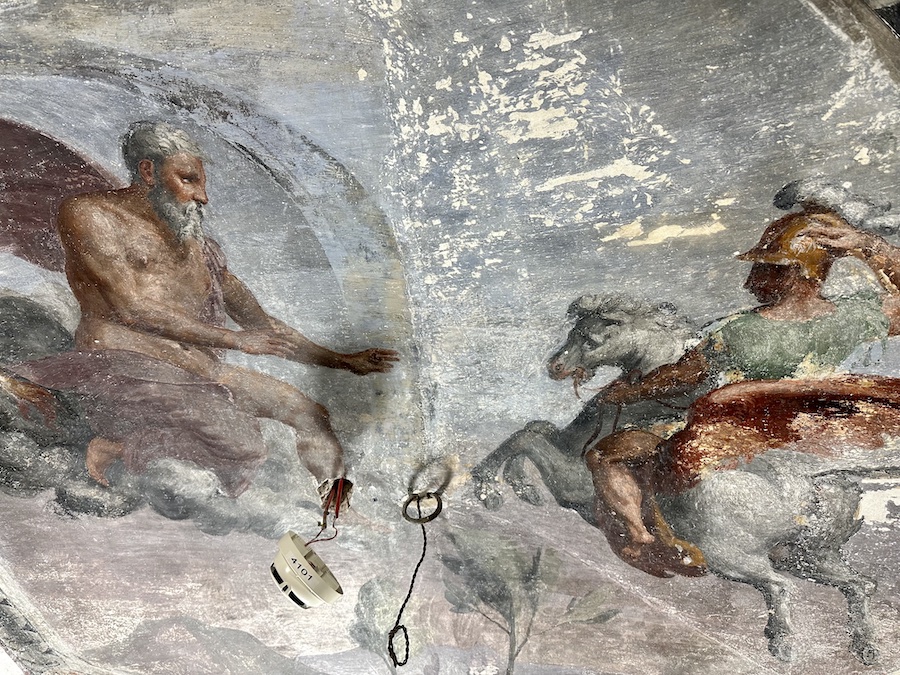
The team behind the 21st century restoration
It is clearly a labour of love for these conservators-restorers. They sit in one position for hours, doing painstakingly minute and intricate work.
“The hardest part is maintaining our posture, particularly while working on the ceiling for long hours, and the pressure that it puts on our lower back and arms,” explains one restorer. “But we have regular access to therapy, and we love what we do.”
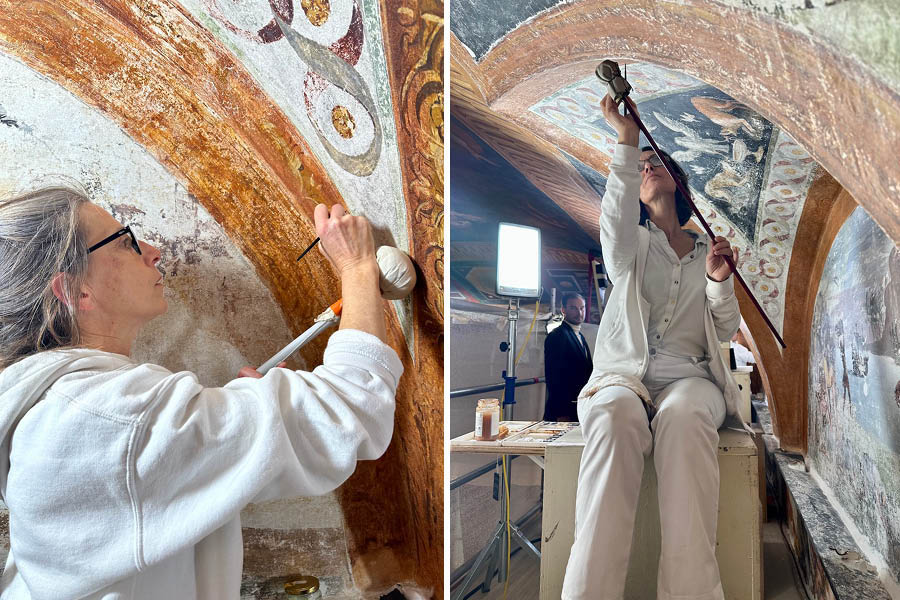
They have come from all over the world – Italy, Germany, America, France and Holland – to be a part of one of the largest conservation-restoration projects ever seen in Europe.
“It’s a 10-year project, so it’s been difficult to maintain the team and the continuity,” says our guide. “But they are all attracted by the palace and by the project.”
This vast conservation and restoration project is due to be completed by the end of 2025, provided they don’t come across any new discoveries. But this is a very real possibility, because the underlying secrets of the last three rooms in the “old quarter” are still yet to be explored.
Click on our Instagram video below to see more images of the Palace frescos…
View this post on Instagram
Sign up for the Monaco Life newsletter. For the latest news, follow us on Facebook, Twitter, and Instagram.
